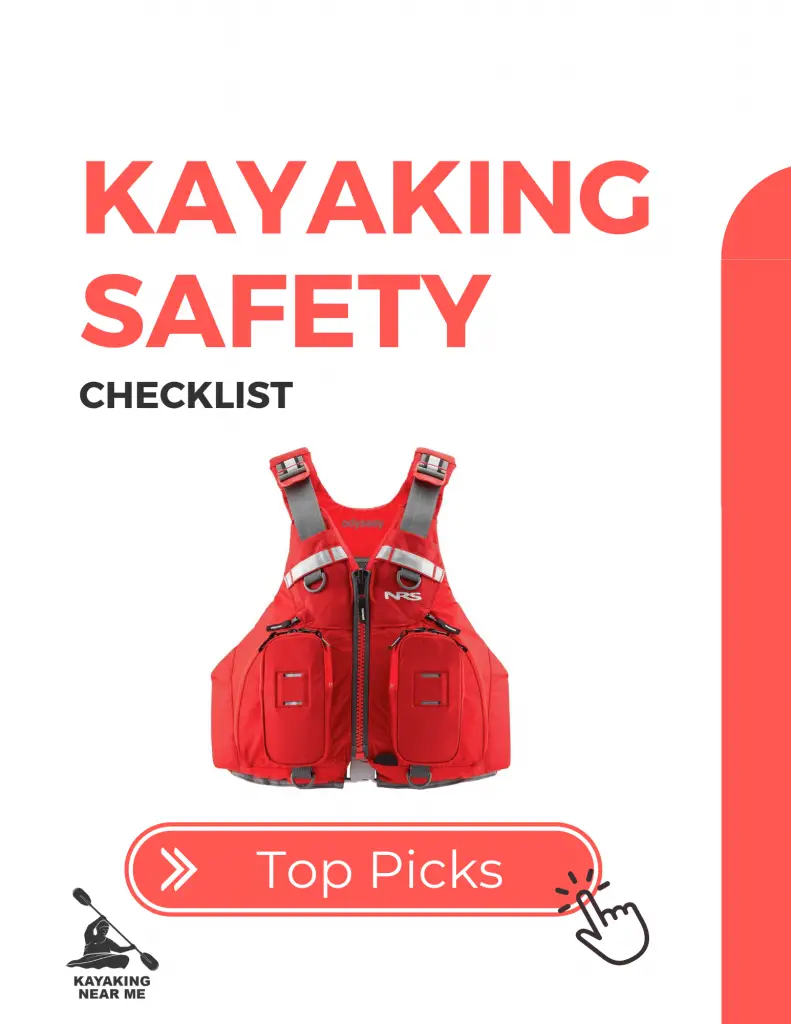Are you considering dipping your paddle into the world of kayaking but worried it might be too tough? It’s a question many beginners ask themselves before taking the plunge. Kayaking can seem intimidating at first glance, with its specialized gear and the need for water skills. Yet, it’s not as daunting as it appears.
The truth is, kayaking is accessible for people of all ages and skill levels. Whether you’re aiming for a serene paddle across a calm lake or the thrill of navigating whitewater rapids, there’s a kayaking experience tailored for you. With the right approach and a bit of practice, you’ll find that kayaking is not only manageable but incredibly rewarding.
Is Kayaking Hard?

Kayaking, a sport that intertwines the tranquility of being close to water with the thrill of exploration and exercise, often leaves beginners wondering about its difficulty level. Here’s what you need to know to embark on your kayaking journey with confidence.
Basic Overview of Kayaking
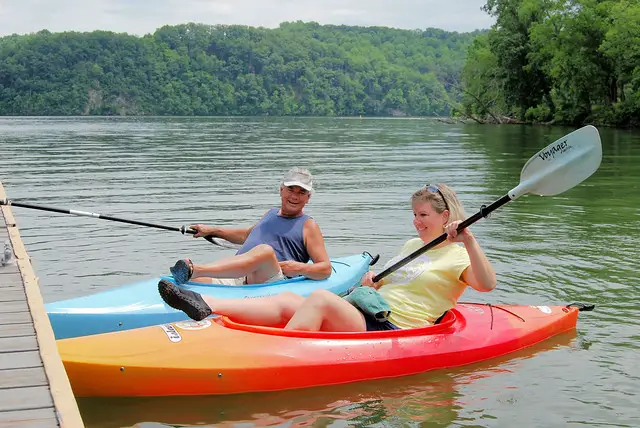
At its core, kayaking involves maneuvering a small, narrow watercraft using a double-bladed paddle. While the image of navigating through roaring whitewater might seem daunting at first, kayaking can also be a peaceful paddle across a calm lake. The versatility of kayaking means there’s something for everyone, regardless of age or experience level. It’s about choosing the right environment that matches your comfort and skill level.
Benefits of Kayaking
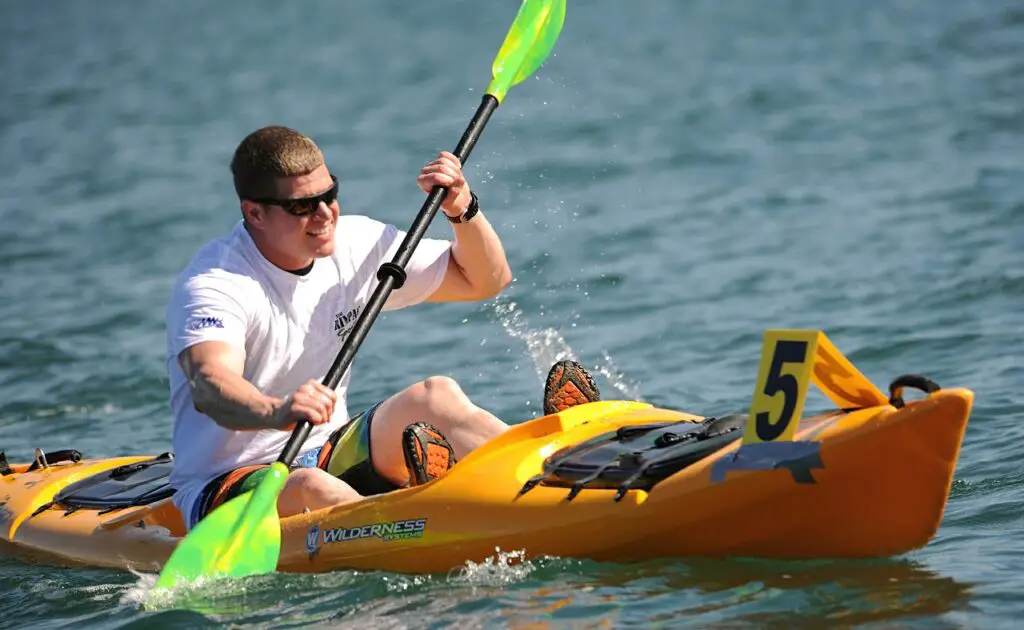
Kayaking not only offers an avenue for relaxation and escape from the daily grind but also serves as an impactful way to improve your physical and mental health. Engaging in kayaking can offer:
- Physical exercise that improves cardiovascular health
- Strength building particularly in the upper body, core, and legs
- Enhanced mental well-being through interaction with nature and stress relief
Kayaking As Exercise
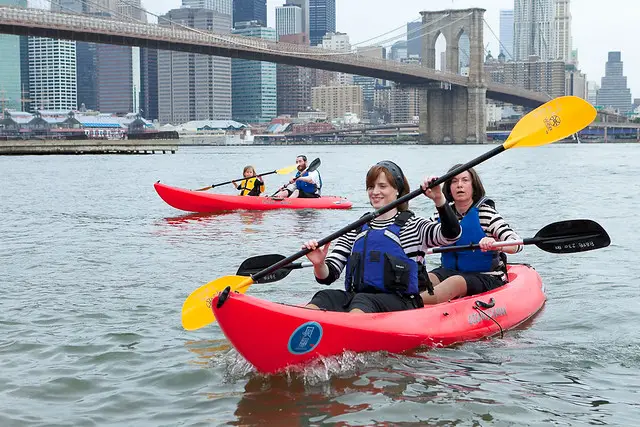
Kayaking is an excellent form of low-impact exercise. It requires strength, endurance, and technique, allowing you to work out your entire body, especially your upper body, core muscles, and cardiorespiratory system. Regular kayaking can:
- Boost cardiovascular health
- Increase muscle strength and flexibility
- Promote weight loss and manage obesity
Safety Precautions to Consider
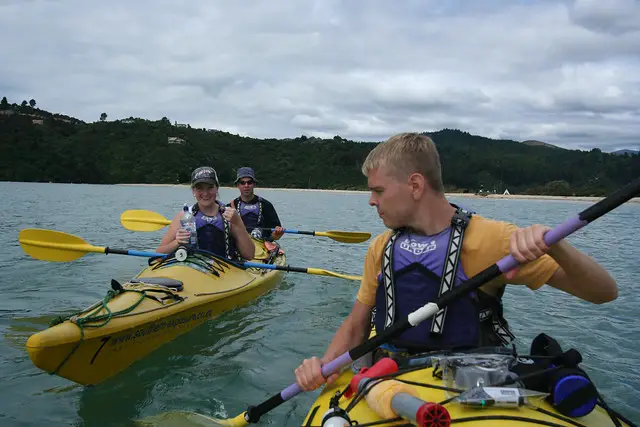
Before you start kayaking, it’s crucial to prioritize safety:
- Always wear a life jacket, regardless of your swimming skills.
- Understand the weather and water conditions of your chosen location.
- Familiarize yourself with basic rescue techniques.
- Never kayak alone, especially as a beginner.
Choosing the Right Kayaking Equipment
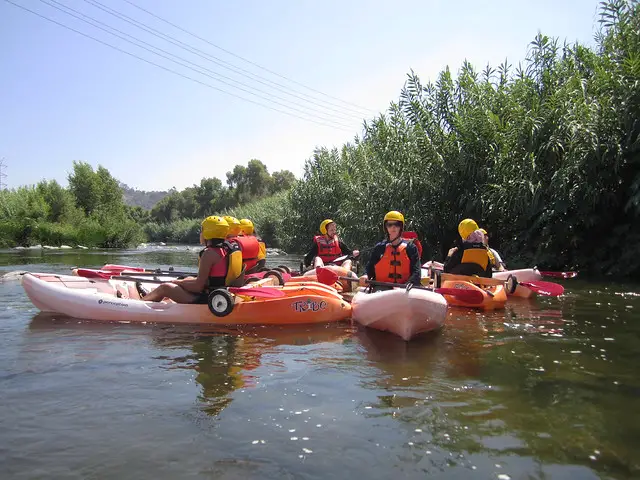
Selecting the appropriate gear is essential for a positive kayaking experience. Consider these factors when choosing your equipment:
- Kayak type: Sit-on-top for beginners, sea kayaks for distance, and whitewater kayaks for rapids.
- Paddle size: Depends on your height, boat width, and paddling style.
- Safety gear: Includes life jackets, helmets (for whitewater), and wet suits or dry suits for cold water.
Kayaking Techniques for Beginners
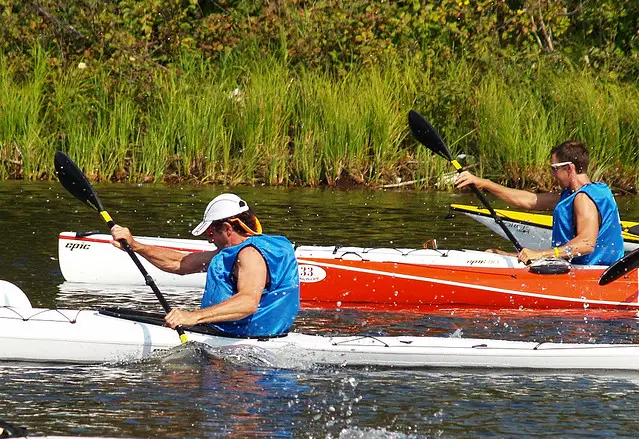
Mastering a few basic techniques can significantly enhance your kayaking experience. Focus on:
- Forward paddling: The fundamental movement to propel the kayak.
- Turning: Use sweep strokes to change directions efficiently.
- Stopping: Requires backward paddling or dragging the paddle in the water.
Practice these techniques in calm, shallow water before moving on to more challenging conditions. With patience and persistence, you’ll find that kayaking is not only manageable but immensely rewarding.
Conclusion
Embarking on your kayaking journey is both an exciting adventure and a rewarding way to connect with nature. With the right approach, from selecting suitable equipment to mastering basic techniques, you’ll find that kayaking is not just accessible but immensely enjoyable. Remember to start slow in calm waters and gradually challenge yourself as your confidence grows. This approach ensures you reap the full benefits of kayaking, including improved health and a serene mind. So grab a paddle and let the waters be your guide to a world of adventure that’s just waiting to be explored.
Frequently Asked Questions
Is kayaking easy for beginners?
Yes, kayaking can be very approachable for beginners. Starting with calm waters and basic techniques, anyone can enjoy kayaking with a bit of practice and proper guidance.
What are the health benefits of kayaking?
Kayaking offers numerous health benefits including improved cardiovascular health, increased muscle strength, particularly in the back, arms, shoulders, and chest, as well as significant stress relief and mental well-being improvements.
What safety precautions should be taken while kayaking?
Before heading out, always wear a life jacket, check the weather conditions, carry a whistle for emergencies, and inform someone about your kayaking plan. Beginners should initially kayak in calm, sheltered waters.
What equipment is essential for beginners in kayaking?
Beginners should start with a stable kayak, a proper fitting life jacket, a double-bladed paddle, a helmet for whitewater or rocky areas, and possibly a spray skirt for colder or rougher waters.
How do I perform basic kayaking techniques?
The basic kayaking techniques include forward paddling, where you use alternating strokes to move forward, and turning, which involves paddling more forcefully on one side of the kayak. Practice in calm water is recommended to master these techniques.
Can kayaking be done at any age?
Yes, kayaking is a versatile activity suitable for individuals of all ages. Adjustments can be made to accommodate different skill levels and physical capabilities, making it an inclusive sport.
